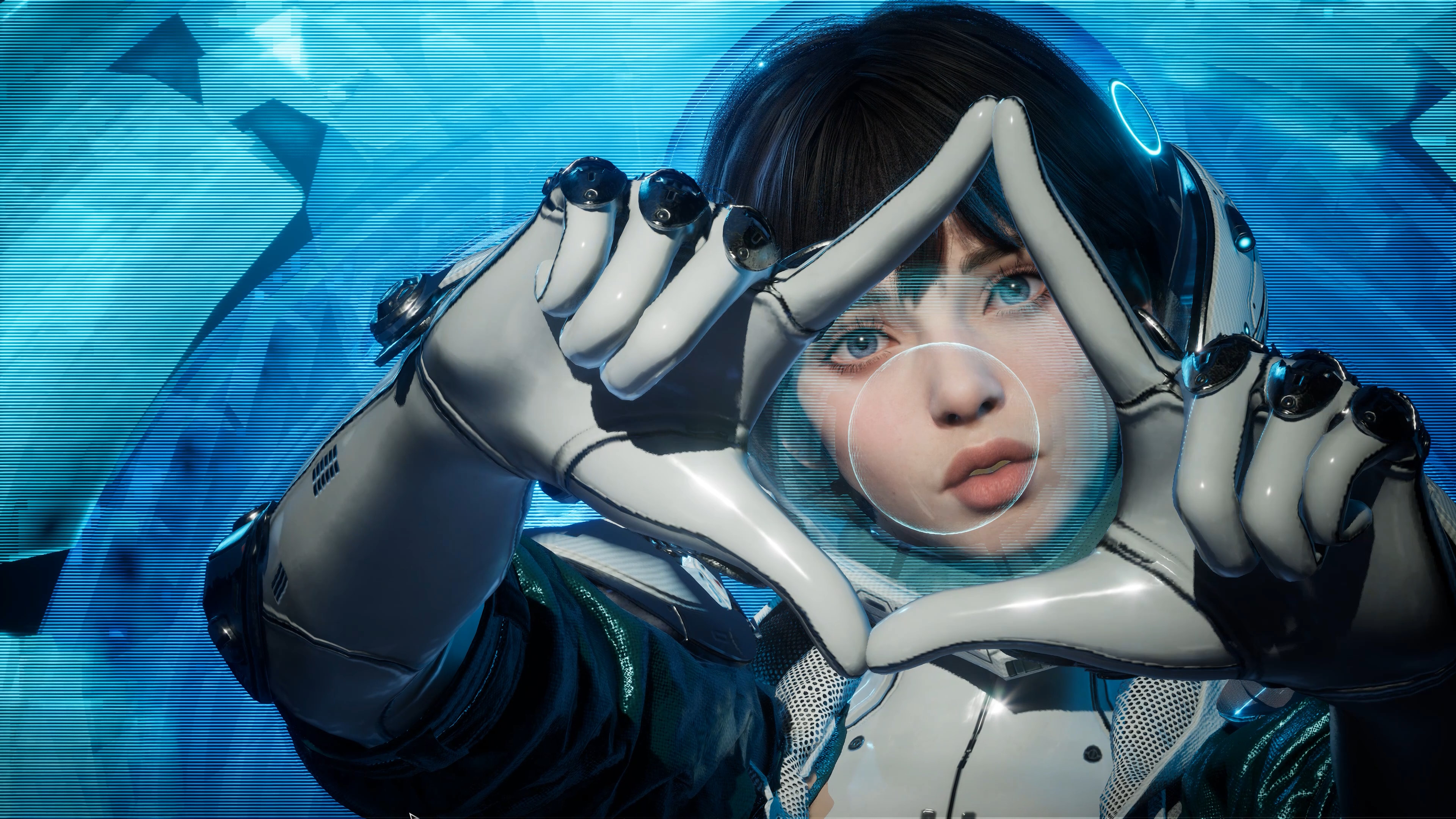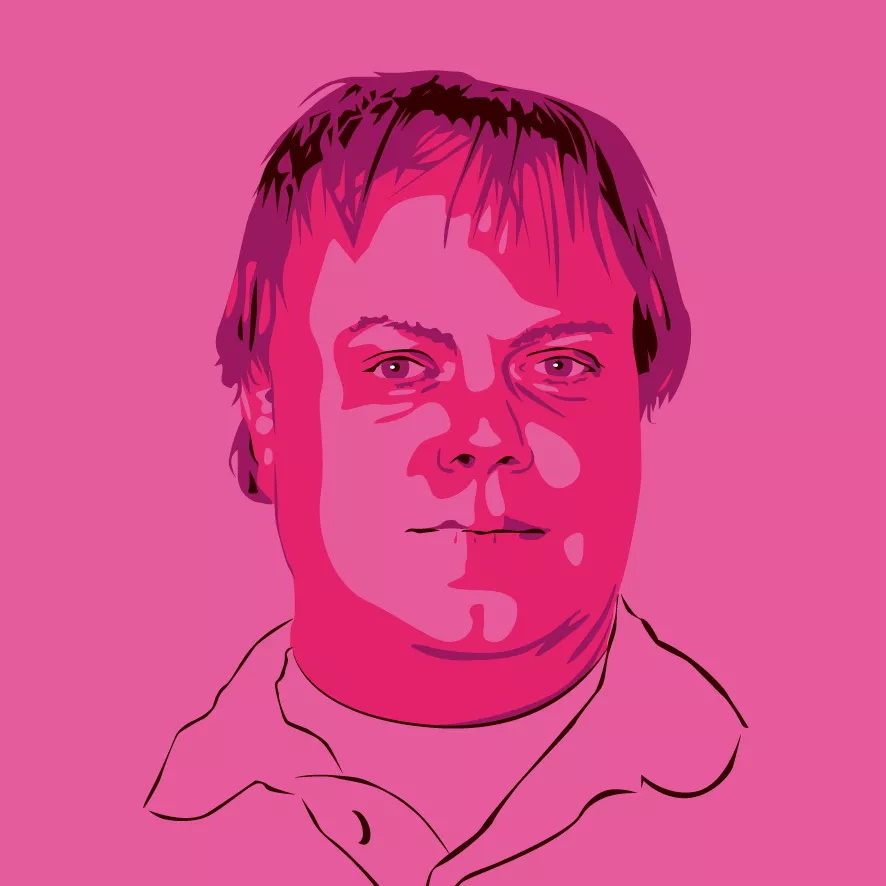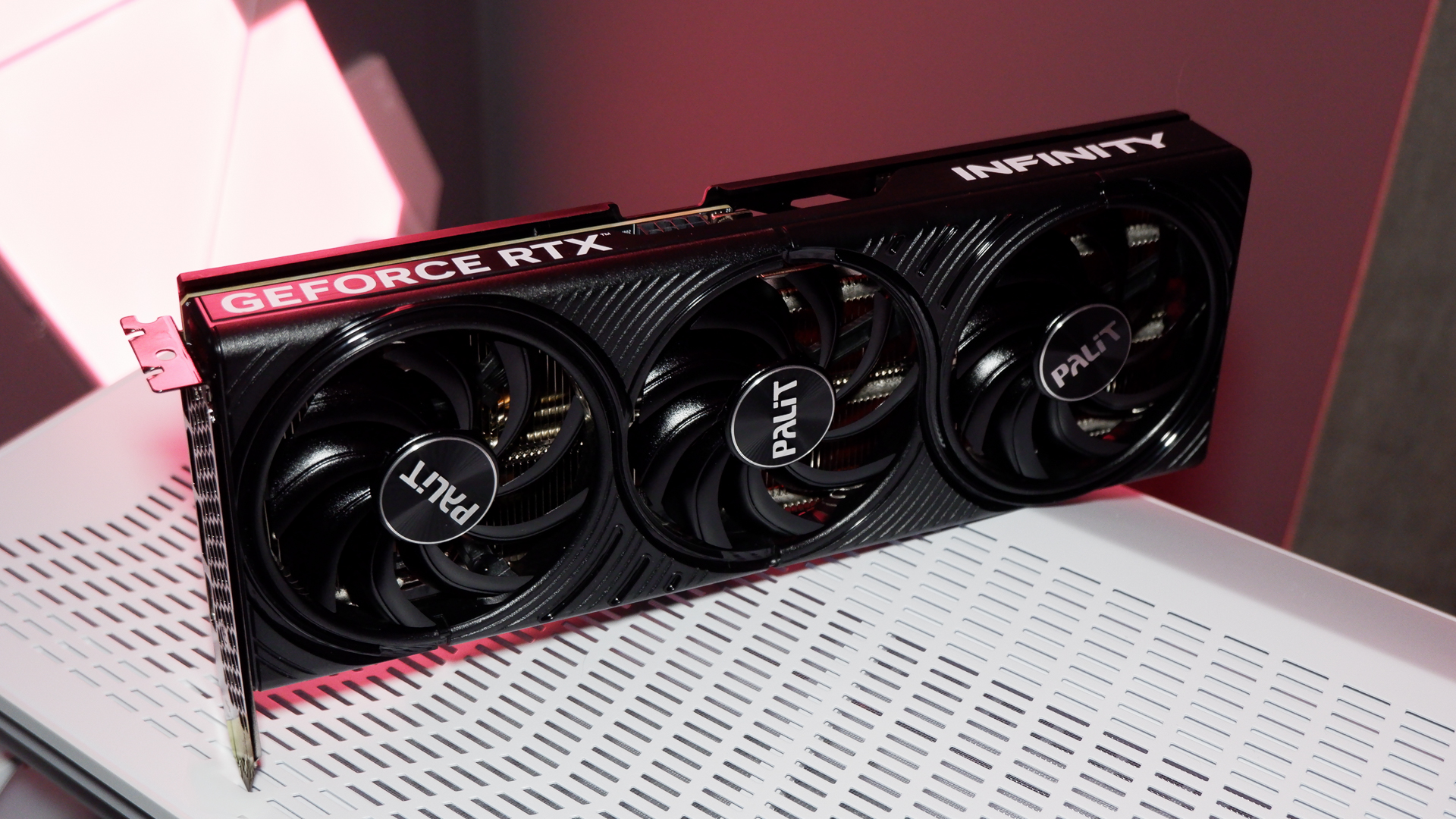The First Descendant will change its in-game icons following accusations that it swiped them from Destiny 2
Nexon says it will "make adjustments to ensure that the imagery that may appear similar clearly reflects the unique identity of our game."

Several days after players noticed that numerous icons in The First Descendant are very similar to ones found in Destiny 2—and in some cases, virtually identical—Nexon says it will make changes to ensure the imagery "clearly reflects the unique identity of our game."
The similarities came to light earlier this month, and as Forbes noted at the time, there are far too many (and in some cases, they're far too alike) to be a coincidence.
‘The First Descendant’ Is Using Barely-Changed ‘Destiny 2’ Icons via @forbes https://t.co/rGdbfKNfJX pic.twitter.com/gGKfoTkLk9July 7, 2024
One theory, floated shortly after the resemblances were discovered, was that Bungie and Nexon sourced their in-game icons from the same place, but that didn't seem to hold water: Why would a major studio like Bungie make use of third-party icon sets?
Bungie artist Lyndon Willoughby indirectly but unmistakably shot down that idea, writing on Twitter that "Bungie icon artists are a super-crew of talented folks with original ideas and sharp instincts."

The situation got even stranger when the presumed source of the icons, a "free open source icons and illustrations" repository called Iconduck, was found to be offering icons from Destiny and numerous other games for use in both personal and commercial projects. The site contains 204 Destiny icons, for instance, and specifically states that "these icons and illustrations can be used for commercial purposes"—like in a videogame, for instance.
Tom Chapman, the maker of the Bray.tech Destiny 2 fan site and artist credited by Iconduck for making the icons, disavowed his role in the whole thing. "Most of the icons are ripped from the font files created by Bungie and its designers," Chapman tweeted. "Most of the remainder are designed by Bungie and recreated by me or whoever contributed them to that repo. I don't want @iamiconduck to use my work like this."
Bungie's terms of service allows the use of its data and content for non-commercial projects like Chapman's website, but explicitly forbids using it to make money: "You don't own our stuff, so you can't sell it, use it to sell other things, or give other people permission to use it."
The biggest gaming news, reviews and hardware deals
Keep up to date with the most important stories and the best deals, as picked by the PC Gamer team.
After several days of silence, Nexon has now acknowledged the similarities and says the icons will be changed.
"The First Descendant, as a looter shooter game, was developed with a deep affection and respect for other games in the genre," Nexon said in a statement provided to PC Gamer. "Destiny 2, being a globally renowned looter shooter game, is also personally admired and respected by the team, and it has served as an inspiration during the development process.
"We have taken the concerns raised seriously and decided to make adjustments to ensure that the imagery that may appear similar clearly reflects the unique identity of our game. We will continue to improve the game for fans of the looter shooter genre."
Nexon did not say when the icons will be changed, nor did it comment on how this happened in the first place. My best guess for the moment is that Iconduck is offering Destiny icons for free commercial use without authorization, and Nexon decided to take advantage without properly vetting them. How that happened is a whole other question—Nexon is a big outfit in its own right, presumably with the resources and experience necessary to ensure that "free stuff" is actually free—but at the very least, as we noted when all this first blew up, it is a reminder that not everything on the internet is as it appears to be.
Despite these foibles, which come on top of very mixed user reviews on Steam and our own assessment that it's the Destiny we have at home, The First Descendant has been very popular so far, with concurrent player counts on Steam consistently over 100,000 since its launch on July 2.

Andy has been gaming on PCs from the very beginning, starting as a youngster with text adventures and primitive action games on a cassette-based TRS80. From there he graduated to the glory days of Sierra Online adventures and Microprose sims, ran a local BBS, learned how to build PCs, and developed a longstanding love of RPGs, immersive sims, and shooters. He began writing videogame news in 2007 for The Escapist and somehow managed to avoid getting fired until 2014, when he joined the storied ranks of PC Gamer. He covers all aspects of the industry, from new game announcements and patch notes to legal disputes, Twitch beefs, esports, and Henry Cavill. Lots of Henry Cavill.

